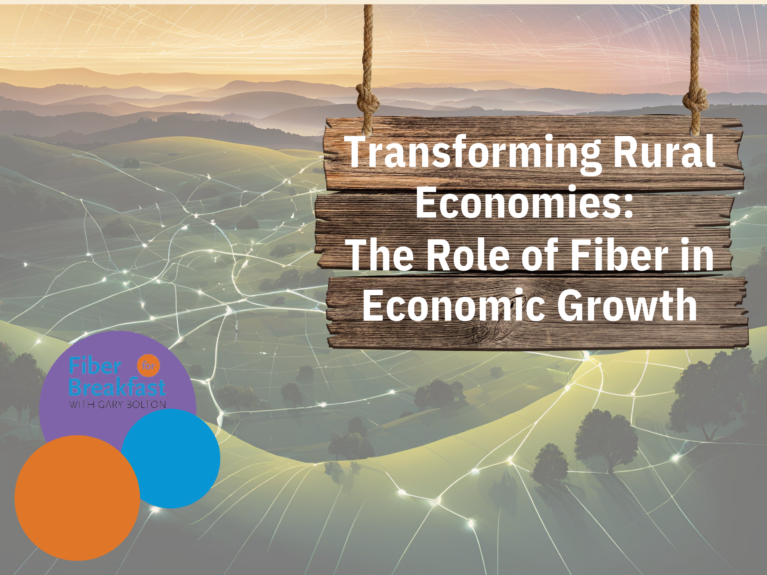Preventing the “Cryptocalypse” with Quantum Fiber
Today’s modern economy is built around public key infrastructure (PKI) and algorithms first developed in the late ‘80s. Based on one-way functions and prime number factoring, PKI and other cryptography systems are now increasingly vulnerable to the emergence of quantum computing, which is projected to break existing cryptography systems within the next three to five years – or sooner – bringing a dramatic end to existing security methods.
“It’s called the Cryptocalypse,” said Dr. Duncan Earl, Co-Founder, President, and Chief Technology Officer at quantum networking company Qubitekk. “Don’t panic, but it is a pretty serious issue if we do develop these new [quantum] computers and they can break the assumptions of the cryptography we use today. The reason it’s a threat is because we do know for a fact that quantum computers can break some of these [cryptography] functions, specifically the factorial function based on primes. There are already algorithms that have been developed that we’ve known about for a while.”
As quantum computing speed and usage continue to accelerate, so will the day when existing cryptography schemes will be rendered vulnerable to attack by quantum computers. Compounding matters is that today’s most powerful quantum computers may not be in the public sector but developed and operated by foreign governments seeking geopolitical advantage.
One solution to counter quantum computing threats involves a different aspect that uses fiber. “It’s called quantum key distribution and it’s available today,” said Earl. “It’s actually been around for about 20 years, and it can secure the network. It’s not based on mathematics; it is based on hardware and physics.”
Quantum key distribution (QKD) uses the principle of quantum entanglement to securely distribute cryptographic keys. It is a method already being implemented in Europe and Asia, but less so in the United States. Through NIST, the U.S. government is fostering the development of Post-Quantum Cryptography to develop new standards and algorithms that are resistant to quantum computing attacks, but Earl believes that QKD should be a priority as a hedge against the Cryptocalypse coming sooner rather than later.
“Our government is still not convinced that this is the right approach and so QKD adoption in the U.S. has been pretty stagnant,” stated Earl. “A lot more emphasis on trying to go the mathematical route and find a Post-Quantum computing algorithm that can survive. Some companies have done some demonstrations, but they’re really just demonstrations. The emergence of general-purpose commercial quantum networks that could be used for quantum computing and for sensing applications provides an [U.S.] infrastructure for QKD to run upon.”
To learn more about efforts to prevent the Cryptocalypse and how QKD works, listen to the latest Fiber For Breakfast podcast: FFB Episode 154 – Quantum Technology Securing Critical Infrastructure And Sensitive Data




